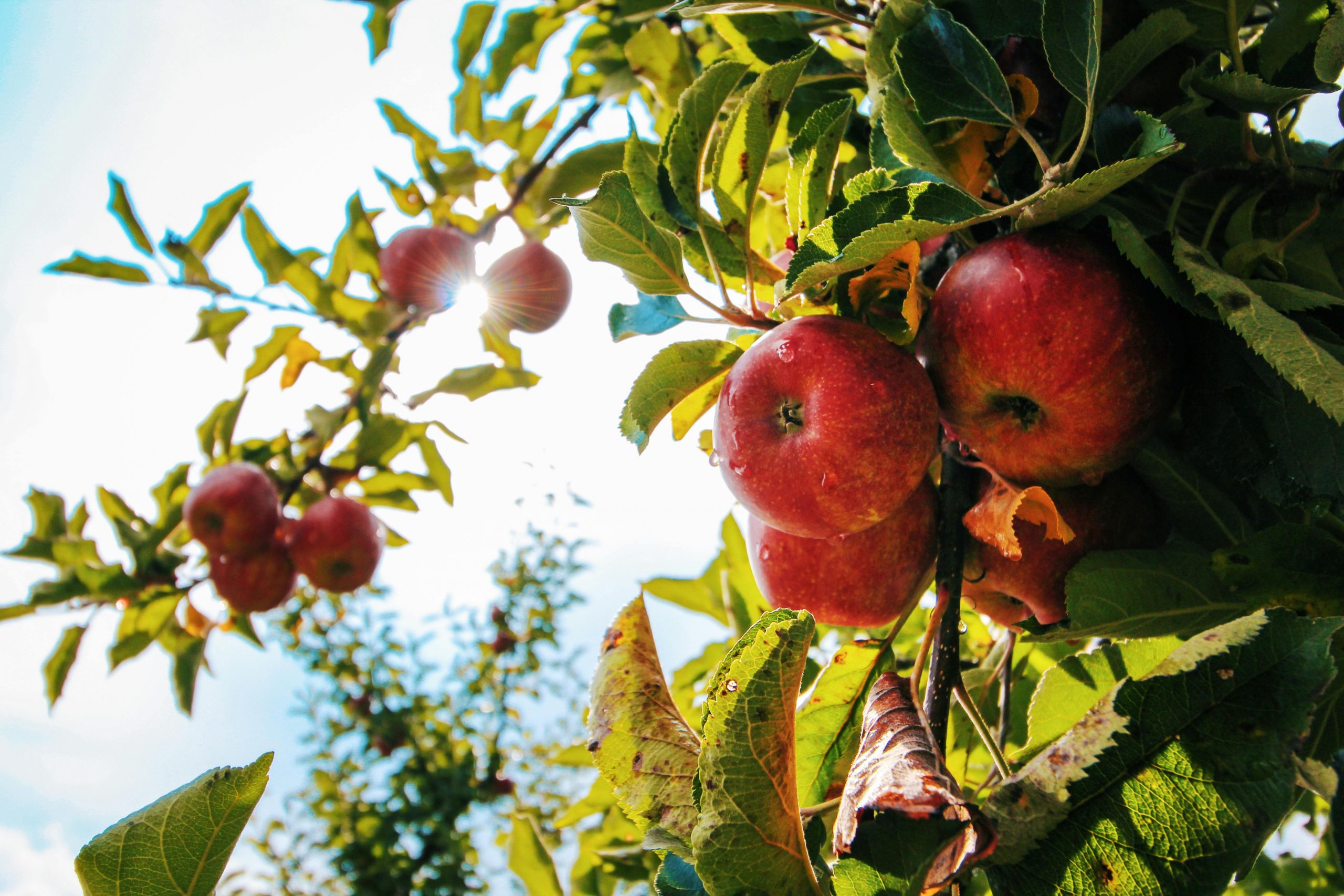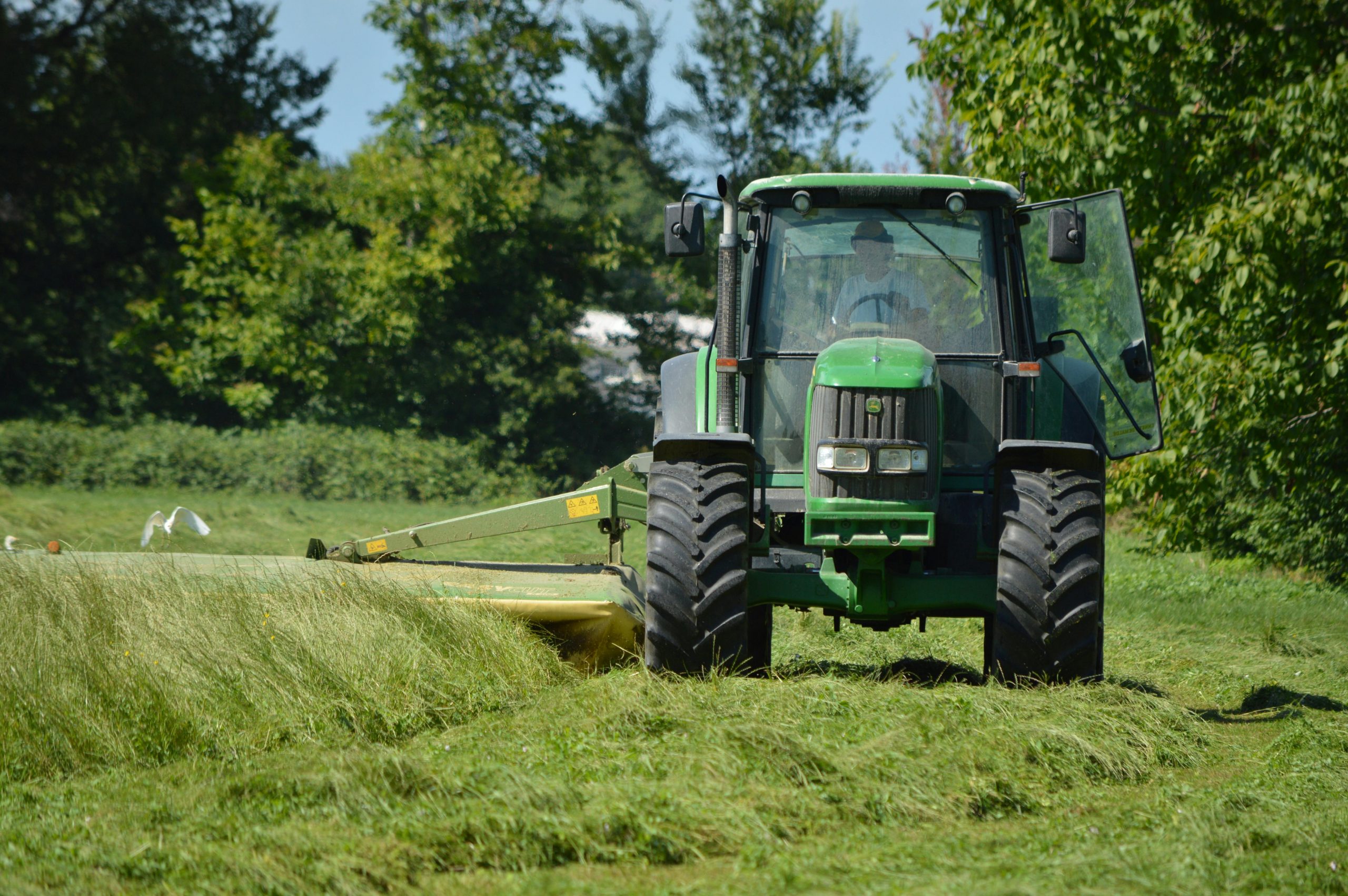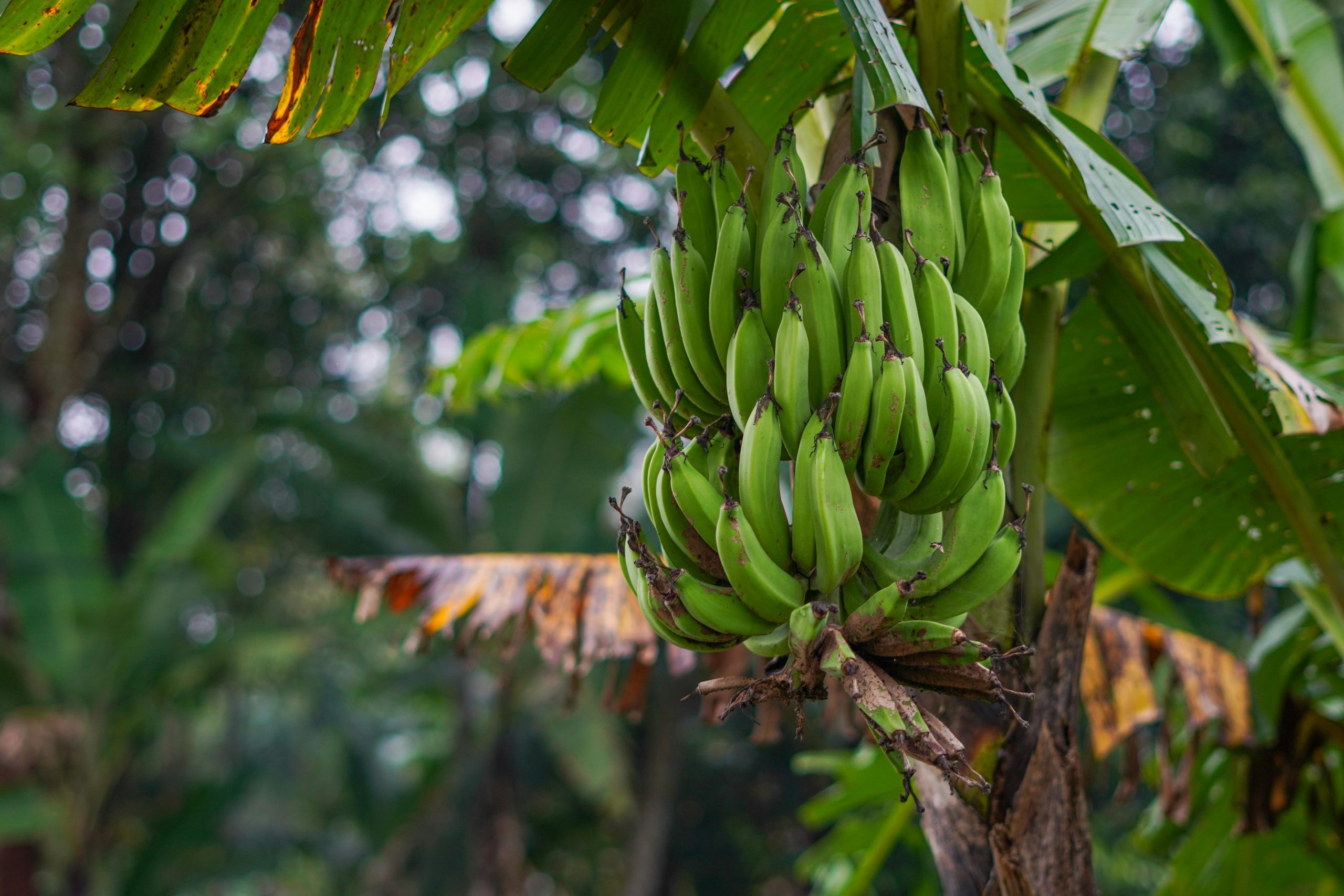
The earlier-than-ever start to the harvest means that apple prices in the shops could also rise.Continue reading

The agricultural sector must respond to the climate change, which is fundamentally shaping our days and even more so our future, with an immediate and complete structural change, said Csaba Gyuricza, rector of the Hungarian University of Agriculture and Life Sciences (MATE), on the occasion of the launch of the first round of an online quiz.
According to Csaba Gyuricza, dramatic changes in soil and land use are needed, for example, ploughing should be abandoned in an increasing number of cases. Ploughing is damaging the soil, losing so much moisture and burning so much organic matter that it destroys the soil in the long term.
Soil health can now be achieved with much more modern techniques and approaches, using no-till farming techniques.
Another big issue of climate change is the amount of water that is available for use in the soil.It is not the amount of precipitation that is radically reduced, but the rise in temperature and the evaporation it causes, meaning that less and less is used by the soil.

Photo via Pexels
The distribution of annual precipitation has also changed: due to weather extremes, there is a much higher proportion of intense precipitation, so that large amounts of precipitation fall in a short period of time and are not stored in the soil or in modern drainage networks or reservoirs. According to the MATE rector: “we should adapt our soil use system to these changing weather conditions if we want to think about a 21st century Hungarian agriculture in the future.”
Today, the climate in Hungary is more like that of southern Europe in the 1950s than the Carpathian Basin, and there is a need to adapt our crop and livestock production to it. “Beyond the technologies used, we need to rethink the whole use of land, accepting that we need to change both the types of crops grown and the types of animals cared for,” he emphasized.
Species of plants that once thrived in the Carpathian Basin are disappearing, as the climate is no longer suitable for them. Examples include blackberries and raspberries.
In the latter case, the rector noted that raspberries are now grown on only a few hundred hectares, compared with thousands of hectares in the past.
At the same time, crops such as figs and certain banana varieties are appearing, the cultivation of which would previously have seemed unthinkable in our country.

Photo via Pexels
“We are racing against time, as every year Hungarian farmers and the national economy suffer huge losses,” the expert stressed. He also pointed out that even in the midst of challenges, potential opportunities can be seen:
there is enormous potential that is almost entirely untapped.
Via Világgazdaság; Featured image via Pixabay